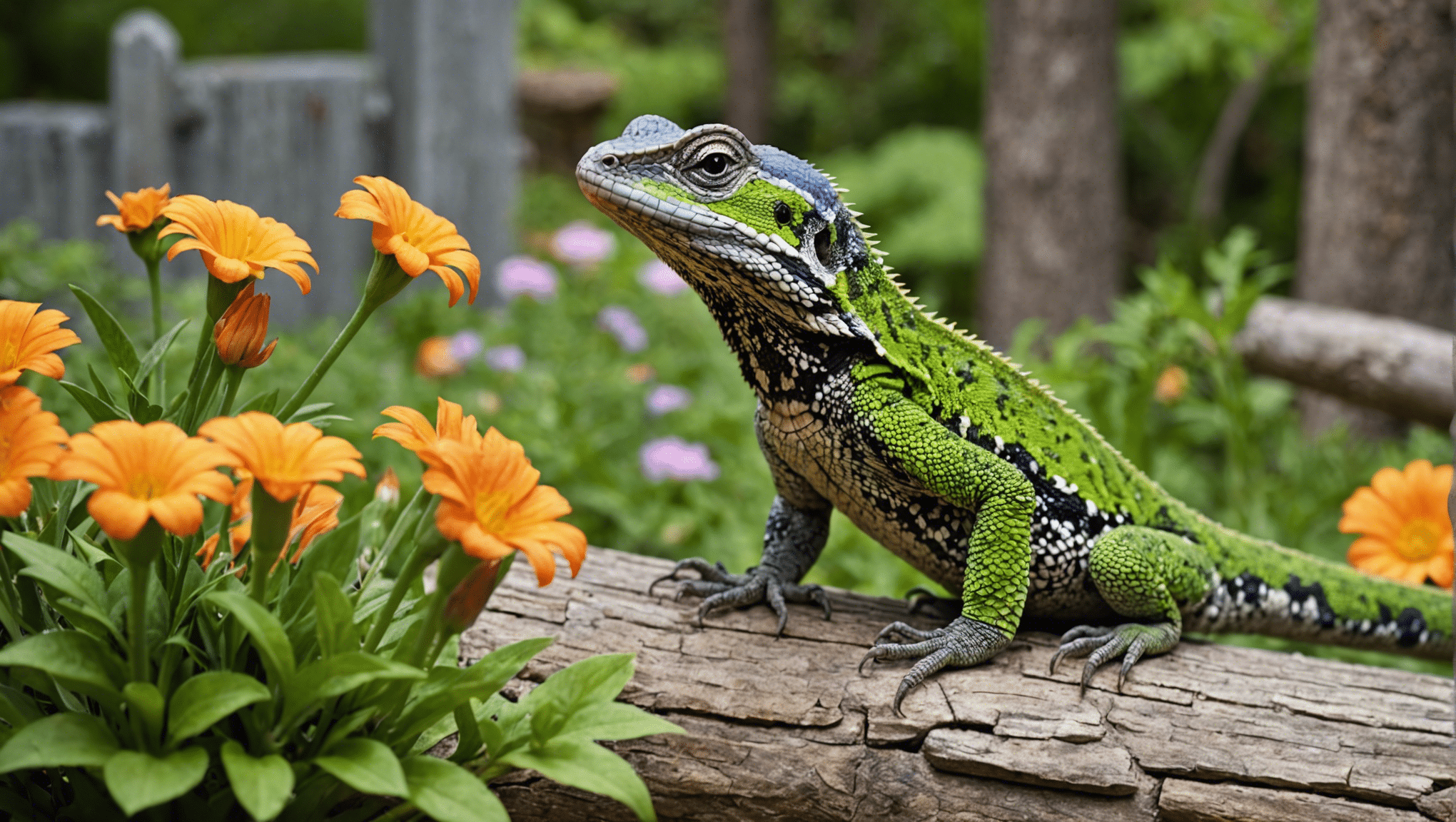Caring for a Western fence lizard involves understanding their natural habitat, diet, and behavior to keep them thriving in a controlled environment. Learn to mimic the ecological conditions of these uniquely adaptable reptiles, optimizing their health and well-being in captivity.
Understanding the Western Fence Lizard’s Natural Habitat
Western fence lizards, also known as blue-bellied lizards, primarily inhabit the arid regions of the western United States. These agile creatures are often found on fences, rocks, and logs, where they masterfully blend into their surroundings to avoid predators. To replicate their natural habitat in captivity, focus on providing a terrarium that features plenty of vertical structures for climbing, along with sunlit basking spots and shaded areas. A combination of real and artificial plants not only adds aesthetic value but also enhances the environment’s structural complexity, which is essential for the lizard’s well-being.
Creating the Ideal Enclosure
To start, a glass terrarium of at least 20 gallons is recommended for a single lizard. Adequate space is crucial because it allows for the creation of distinct microenvironments within the enclosure. Use a layer of clean, chemical-free substrate such as soil or sand mixed with peat for burrowing. Install a heating lamp to maintain a temperature gradient of 75 to 85 degrees Fahrenheit during the day and a slight drop at night. Additionally, a UVB light source is essential for calcium metabolism, crucial in preventing bone diseases.
Diet and Feeding Habits
Western fence lizards are insectivores, relying mainly on a diet of insects. In captivity, their diet can include crickets, mealworms, and small quantities of soft fruits and vegetables to provide diversity. Feed adults every other day and juveniles daily to support their faster metabolism. Always sprinkle food with a calcium supplement to aid in healthy bone development. Here’s a simple feeding checklist to ensure they receive all necessary nutrients:
- Appropriate-sized insects such as crickets or mealworms
- Calcium supplements two to three times per week
- A varied diet to mimic their natural insect diet
- Access to clean, fresh water at all times
Behavioral Observations
Observing your lizard’s behavior is key to ensuring its health and happiness. Western fence lizards are diurnal—active during the day—so expect them to bask in the morning and late afternoon. They are also territorial and solitary creatures by nature. Watch for signs of stress or discomfort, such as lack of appetite, lethargy, or aggression towards other lizards if housed together. Such behaviors could indicate health issues or an inadequately set-up terrarium.
Health and Longevity
Under optimal care conditions, Western fence lizards can live up to five to seven years. Common health issues include metabolic bone disease due to insufficient UVB light or calcium intake, respiratory infections from cold habitats, and parasitic infections. Regular veterinary check-ups can help catch and address these issues early. A clean terrarium is crucial; clean the substrate monthly and sanitize the enclosure with a reptile-safe disinfectant.
FAQs on Caring for Your Western Fence Lizard
Q: How often should I feed my Western fence lizard?
A: Feed adults every other day and juveniles daily.
Q: Do Western fence lizards need companions?
A: No, they are solitary and do well alone.
Q: What is the ideal temperature for a Western fence lizard’s enclosure?
A: Maintain a gradient from 75 to 85 degrees Fahrenheit during the day with a slight drop at night.
In sum, providing a care-filled environment that closely mimics their natural habitat, alongside a proper diet and regular health checks, will help ensure your Western fence lizard lives a full and healthy life. Always stay observant of their behaviors as it’s the primary indicator of their health and happiness in their new home.












